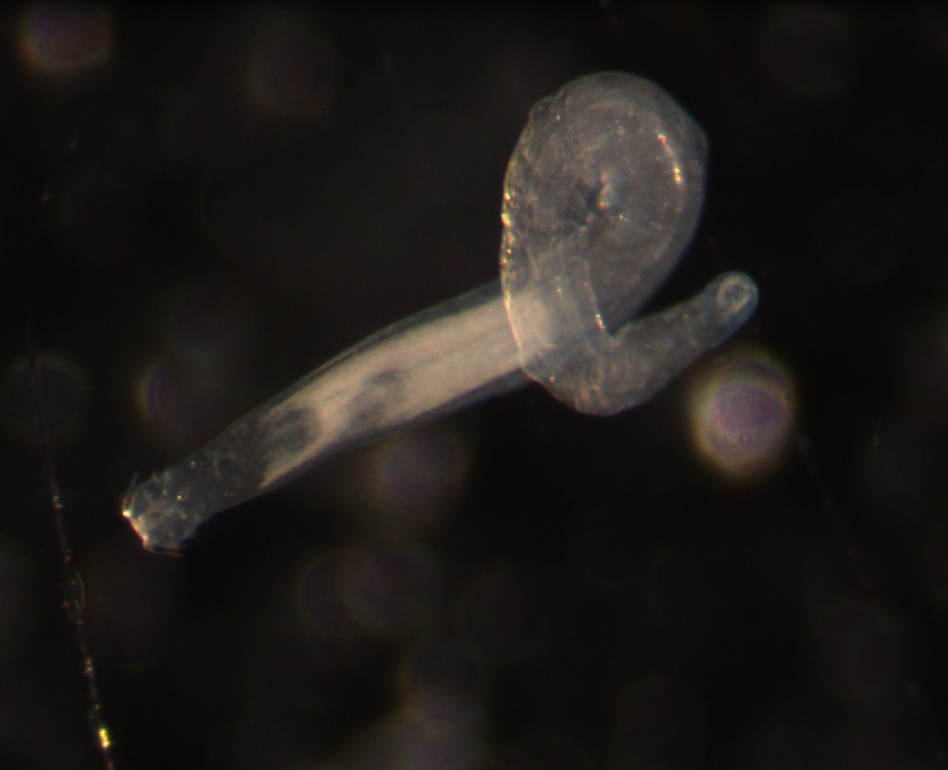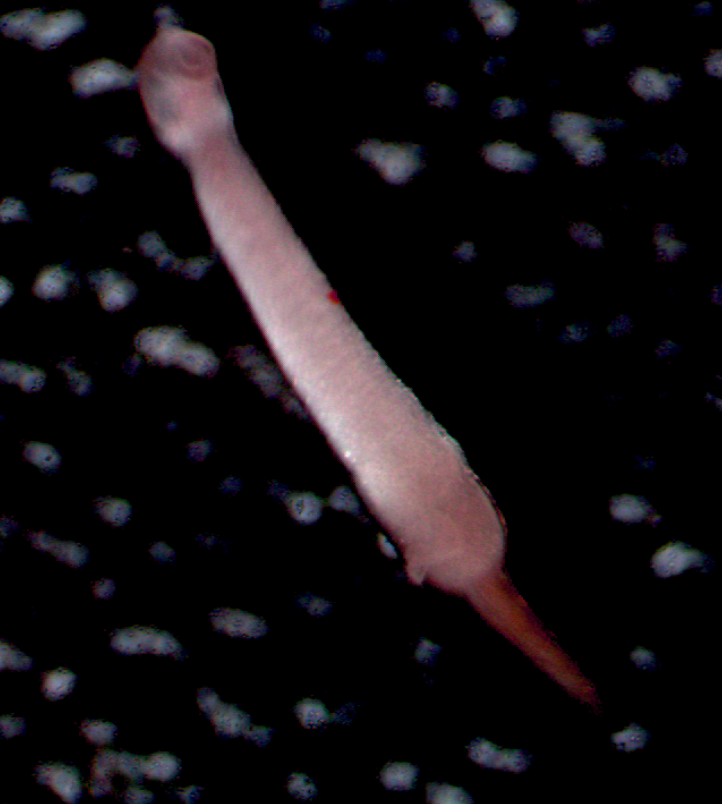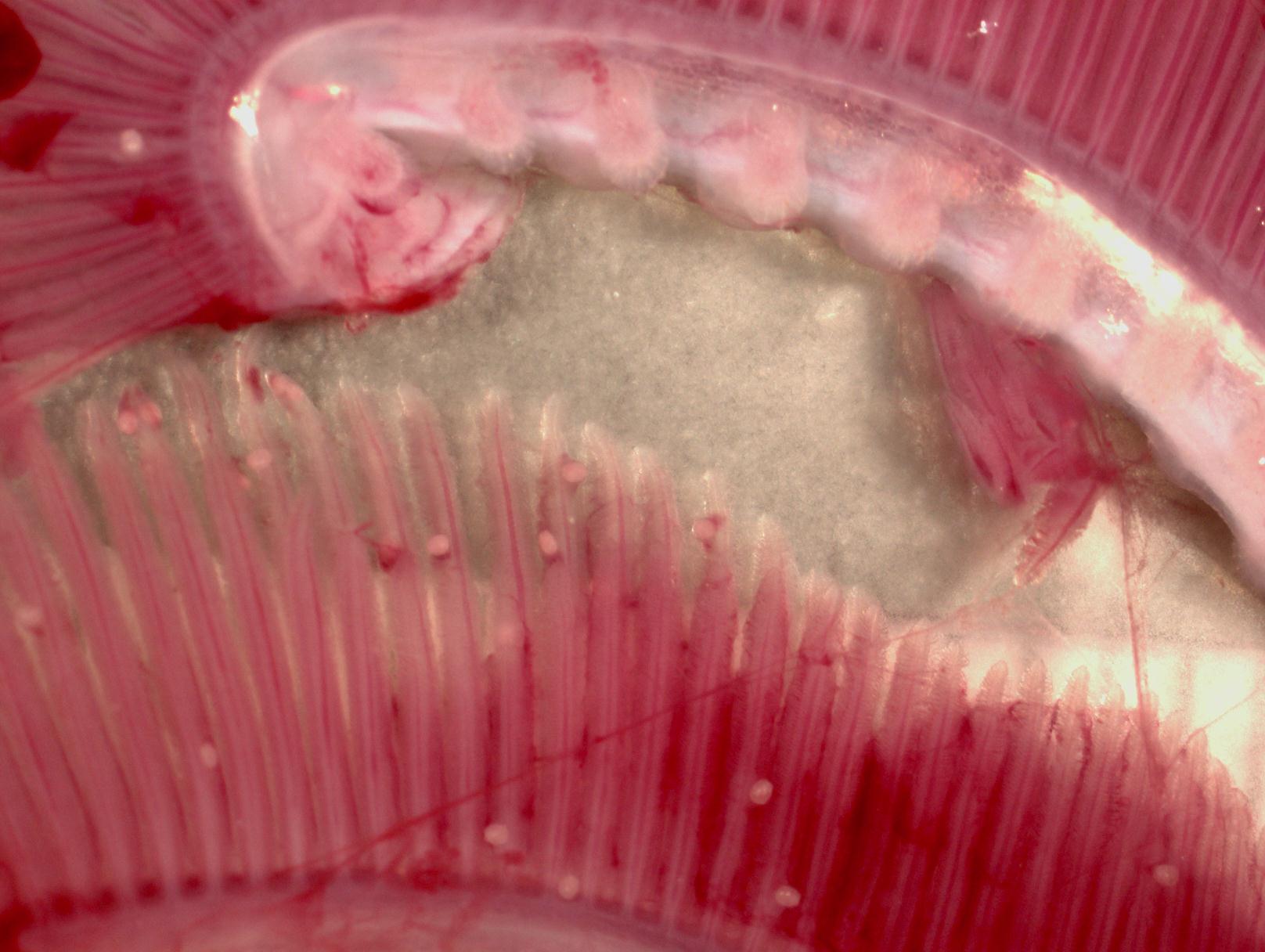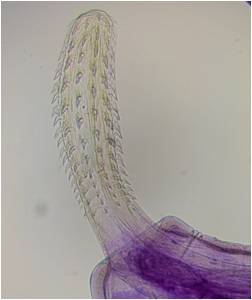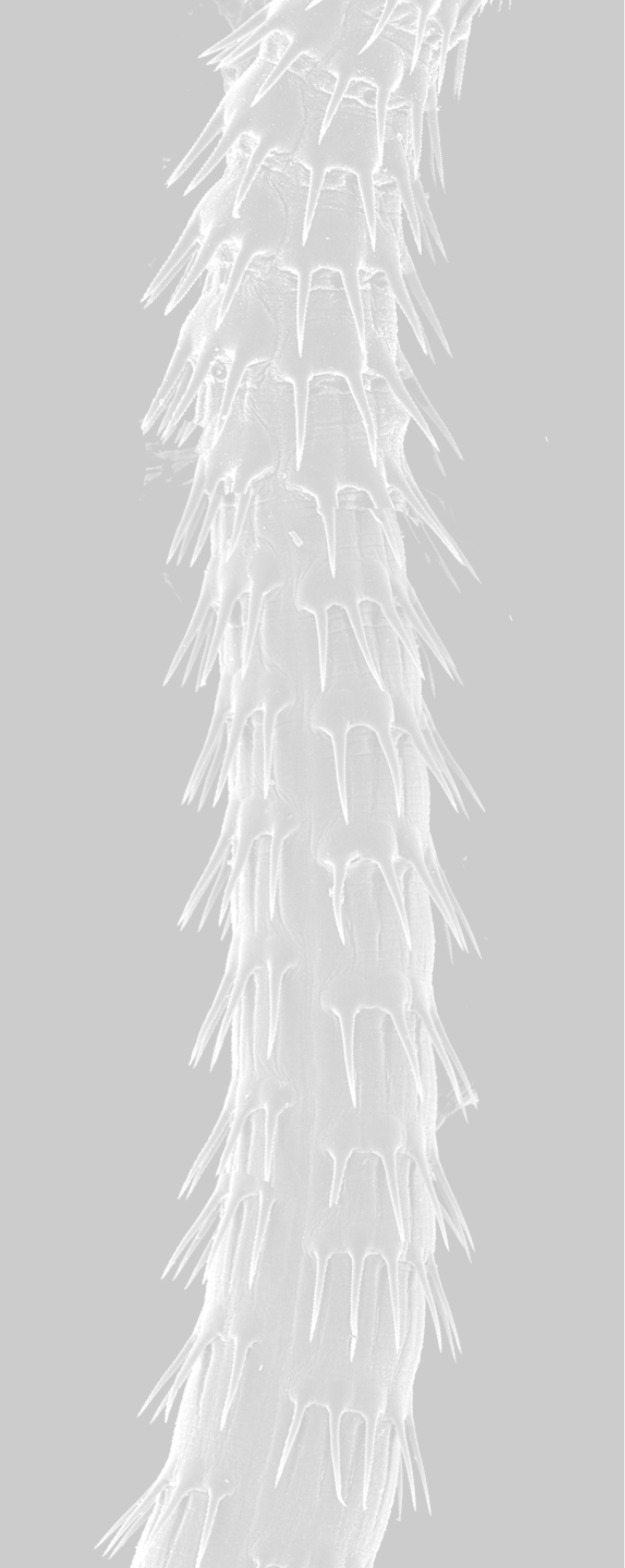
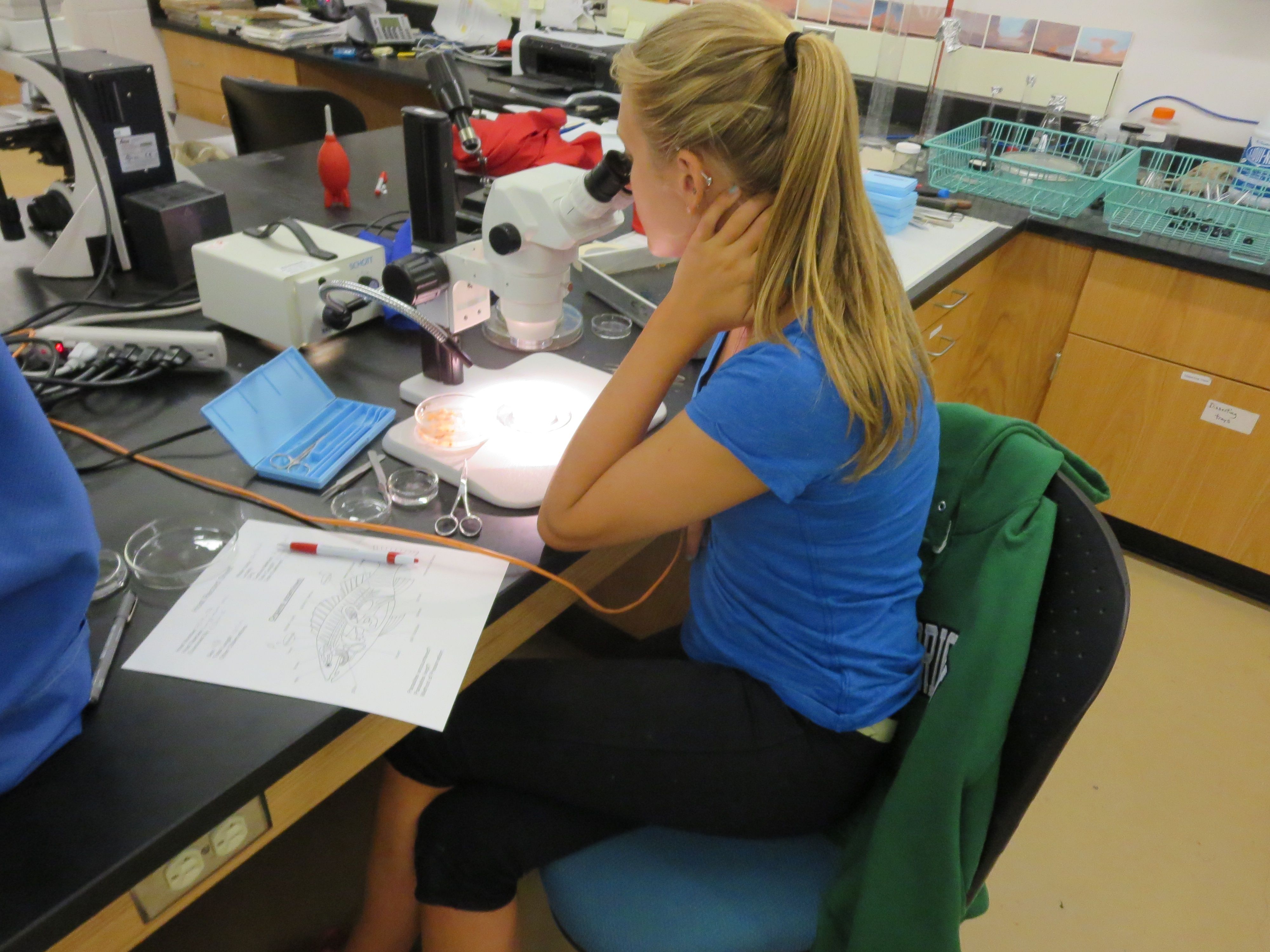
Welcome to the SUNY Oneonta Fish Parasitology Lab website!
This website highlights our research activities in fish parasitology.
You can learn about the research projects that current members of the lab are doing (see Current Research) , and you can see what former members of the lab (see alumni) are now doing. We have a heavy focus on fieldwork and on morphological study using light and scanning electron microscopy. Given this focus, our website features a variety of images and videos highlighting the wormy world that we live in! For more about Dr. Florian Reyda, click here .
Here in Fish Parasitology we focus on two different areas, freshwater fish parasites in North America, and stingray cestodes (tapeworms) from just about anywhere in the world.
Freshwater fish parasites in North America:
Even though there has been a tradition of research on freshwater fish parasites here in the United States for over 100 years, there are many unanswered questions. For example, there are many new (undiscovered) species of fish parasites in North America. These include new species of cestodes (tapeworms), trematodes, nematodes, and acanthocephalans (thorny-headed worms). Otsego Lake, home to the SUNY Oneonta Biological Field Station, has a diversity of fish that have been the focus of a fish parasite survey by Reyda and students since 2008. Among the many parasitic worms that have been encountered in Otsego Lake fishes, at least four are new to science! We have images of these in this website. But there are also many unanswered questions about the species of parasitic worms that were already known, in terms of their morphology, life cycles, infection patterns, and host-parasite interactions. The research projects listed below focus on several species of parasitic worms that have “hooked” the interests of students over the years. Of particular focus are the acanthocephalans (thorny-headed worms).
Stingray cestodes (tapeworms):
Dr. Reyda is an expert on particular kinds of cestodes that parasitize elasmobranchs (sharks, skates, and rays). His focus is on an order (major grouping) of cestodes known as the Rhinebothriidea. Reyda and students have described two new genera and multiple species of rhinebothriidean cestodes from stingrays, from areas including Borneo, Africa and Central and South America. This research is to document the rich biological diversity of the natural world (much of which awaits discovery) and to wrestle with an ongoing issue in evolutionary biology: the recognition and delineation of species. Reyda and his students employ integrative taxonomy to characterize species using a combination of morphological and molecular data. They focus on the morphological characteristics of the worms using light microscopy and scanning electron microscopy, and generate datasets of morphological measurements as well as line drawings, while collaborators typically generate the molecular (i.e., DNA-sequence) data. These efforts are a good example of the collaborative nature of science because it would not be possible without directly working with a variety of collaborators here in the USA, Brazil and elsewhere (see collaborators) who provide the specimens that make this work possible, and contribute in a variety of other ways.
The fish parasitology research laboratory is located at the SUNY Oneonta
Biological Field Station near Cooperstown, New York. Dr. Reyda and students
routinely travel from campus in Oneonta to the field station, approximately 35 minutes.


